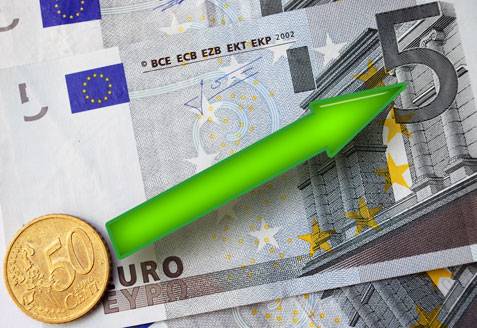The Australian dollar rose against most major currencies on Tuesday following a widely expected monetary policy decision.
The Reserve Bank of Australia on Tuesday cut the official cash rate by 25 basis points to 3.60% at its regular meeting, marking the third rate cut this year after reductions in February and May, and following a surprise pause in July that puzzled analysts and frustrated mortgage holders.
The decision was in line with broad market expectations, with futures pricing pointing to nearly a 100% probability of a cut, and all four major banks forecasting at least one more reduction before year-end. A Reuters poll conducted last week showed all 40 surveyed economists expecting a cut this week.
At the press conference following the meeting, Governor Michele Bullock said:
“The outlook suggests the cash rate may need to be a little lower than it is now to keep inflation falling and stable while supporting employment growth, but there remains a good deal of uncertainty. Therefore, the Board will continue to focus on the data to guide its decisions.”
Bullock confirmed the Bank did not discuss a cut larger than 25 basis points. Commonwealth Bank was the first to pass on the reduction to mortgage rates, followed by other banks.
Inflation Falls, Economy Slows
The RBA expressed satisfaction with the sharp decline in inflation, with the “trimmed mean” – its preferred core inflation measure – falling below 3% for the second consecutive quarter, a marked change from 2023 when inflation was well above target.
Headline inflation eased to 2.1%, comfortably within the 2%–3% target range, while the trimmed mean stood at 2.7%. The Bank noted:
“Inflation has declined substantially from its 2022 peak, with higher interest rates helping bring aggregate demand and potential output closer to balance.”
In contrast, data point to a clear slowdown in the economy; GDP grew just 0.2% in Q1 and 1.3% year-on-year, well below the Bank’s earlier forecasts. Unemployment rose to 4.3%, job ads fell, and household spending remained weak with flat retail sales and continued pessimism in consumer sentiment.
In its quarterly monetary policy statement, the Bank lowered its GDP growth forecast for December 2025 to 1.7% from 2.1%, citing weak consumer spending and lower business investment, indicating the need for more cuts to support growth.
Consensus on Early Action
Minutes from the July meeting showed a split decision at the time, with three members supporting a cut and six preferring to wait for more inflation data. Today, however, all nine members voted in favor of the cut, signaling the Bank is now more convinced of the need to act early to provide extra support rather than risk a deeper slowdown later.
More Cuts Expected
The Bank’s statement kept the door open for additional easing, noting the potential for further cuts if inflation remains under control and economic activity weakens.
Markets are betting on another 25-basis-point cut in November, with expectations that the cash rate will fall to around 3.35% by year-end. Major banks foresee continued easing, with NAB projecting 3.10% by February 2026 and Westpac seeing 2.85% by mid-2026, in agreement that today’s move will not be the last in this cycle.
In currency markets, the Australian dollar rose against the US dollar by 0.3% to 0.6531 as of 20:57 GMT.
Canadian Dollar
The Canadian dollar was steady against its US counterpart at 0.7258 as of 20:57 GMT.
US Dollar
The US dollar index fell 0.4% to 98.09 as of 20:24 GMT, after hitting a high of 98.6 and a low of 97.9.
Government data showed that the annual growth rate of the US consumer price index held steady at 2.7% in July, below expectations for a rise to 2.8%.
Core CPI – which excludes volatile food and energy prices – rose to 3.1% in July, above expectations for 3% and compared with 2.9% in June.
According to the FedWatch tool, investors see a 94% probability of a 25-basis-point rate cut in September, compared with 86% yesterday and 57% a month ago.
Analysts also see a 61% chance of another 25-basis-point cut in October, compared with 34% a month ago, plus a 51% probability of a similar cut in December, compared with 25% a month earlier.


